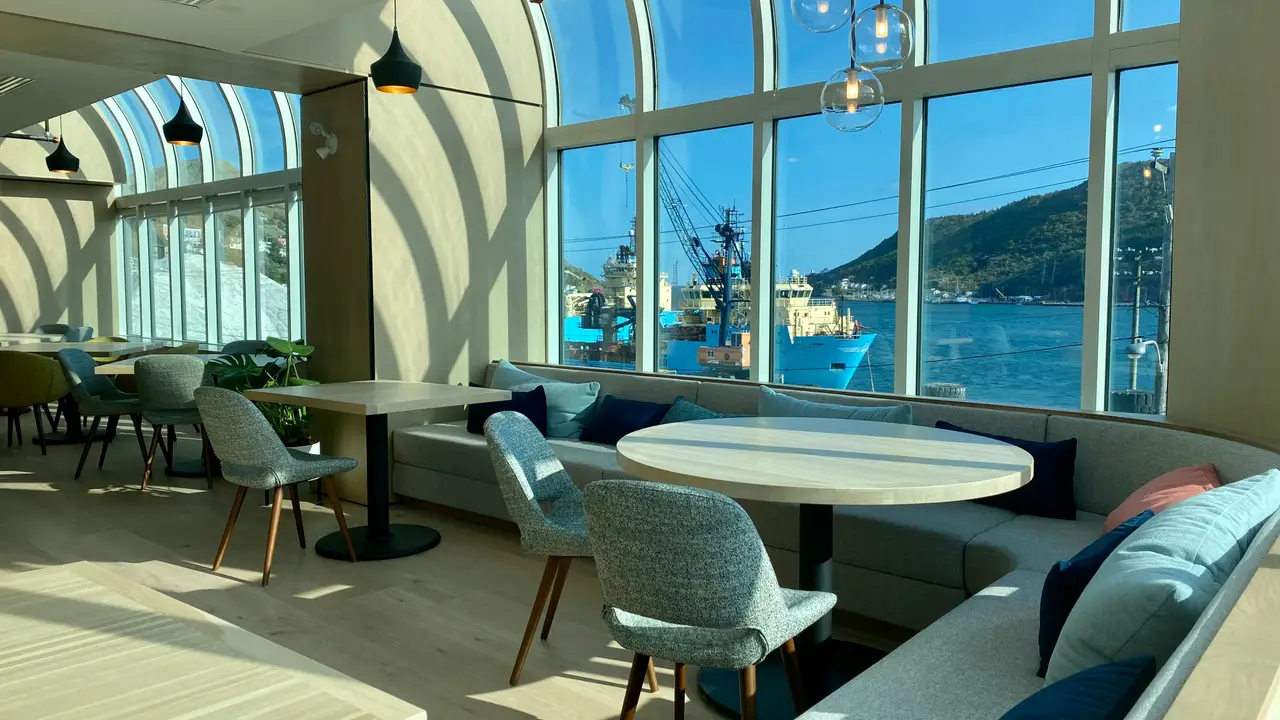
September 8th, 2025
Running a restaurant in Newfoundland and Labrador has always been challenging, but rising costs, overdue debts, and pandemic-related impacts have left many operators in a tight financial position. To help, the Government of Newfoundland and Labrador has launched the Restaurant Loan Guarantee Program (RLGP) – a limited-time initiative offering restaurants a path to restructure debt and protect long-term operations.
If you’re a restaurant owner wondering whether this program can help, here’s what you need to know, how to apply and how to get approved.
The RLGP is designed to make emergency financing more accessible for full-service restaurants across Newfoundland and Labrador. Instead of lending money directly, the province guarantees loans of up to $100,000 issued by financial institutions. This guarantee reduces the risk for banks and makes it easier for restaurants to secure funding.
Key program features include:
The program focuses on emergency debt restructuring – meaning loans must directly address overdue obligations, not future expenses or new investments.
To qualify, your restaurant must meet specific requirements:
Mixed operations (such as hotels with restaurants) may be considered if the financing is strictly tied to the restaurant side of the business.
The program targets overdue financial obligations that put your restaurant at risk. Eligible uses include:
Ineligible uses include: new debts, credit card balances, mortgages, capital assets, or payments to related parties (e.g., shareholders, family).
Since the RLGP is competitive and reviewed on a first-come, first-served basis, restaurants need to strengthen their applications to increase the chance of approval. Here are the key steps operators should take:
Applications are reviewed on a first-come, first-served basis, so restaurants are encouraged to act quickly.
Step 1: Gather Required Documentation
Step 2: Access & Fill Out The Application HERE
Step 3: Submit Your Application
Send your completed application and documents to:
Email: RLGP@gov.nl.ca
Mail: Restaurant Loan Guarantee Program
Business Analysis Division
Department of Industry, Energy and Technology
50 Elizabeth Ave., 3rd Floor
P.O. Box 8700
St. John’s, NL A1B 4J6
Step 4: Await Eligibility Letter
If approved, you’ll receive a letter confirming your eligibility and maximum guarantee amount. Take this letter to your financial institution, which will then decide whether to finance the loan.
Newfoundland and Labrador’s restaurant sector is more than a business, it’s a cornerstone of tourism, community, and culture. The RLGP offers locally owned restaurants a chance to stabilize, restructure, and keep serving customers for years to come.
If your restaurant is carrying overdue debt and struggling with cash flow, this program could be the financial reset you need. But remember: funding is limited, and applications are first-come, first-served. Acting quickly may make the difference between securing support or missing out.
Only full-service restaurants in Newfoundland and Labrador with fewer than 100 employees, less than $10 million in annual revenue, and at least 36 months of operation are eligible. Owners must be NL residents who are Canadian citizens or permanent residents. Franchises, food trucks, bakeries, and catering businesses are not eligible.
The program is designed for overdue debt restructuring. Eligible expenses include past-due CRA debt, outstanding CEBA loans, accounts payable that are at least 90 days overdue, and rent or lease payments overdue by at least 90 days. New debts, capital purchases, mortgages, or payments to related parties are not covered.